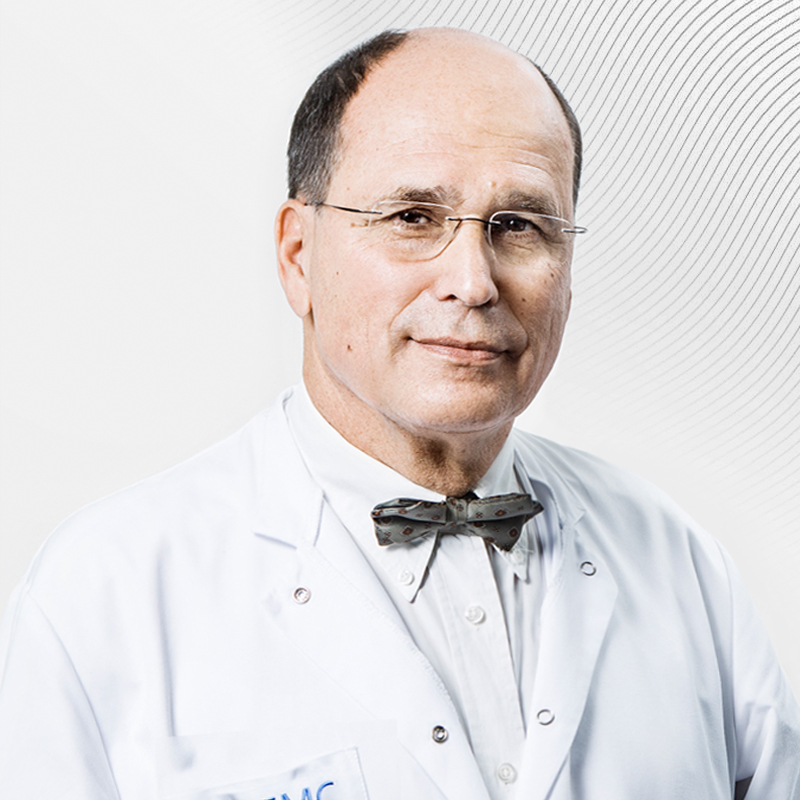Tympanostomy
Narrated by Yuri Talalaiko,
Otorhinolaryngologist, PhD
Each person has a set of feelings that they need to interact with the world around them.We receive most of the information (about 80%) through sight, hearing comes in second place (10%), and all other senses provide the remaining 10%. The human ear is a very thin device capable of distinguishing thousands of different sounds, determining their source and the distance to it. Speech formation is impossible without hearing. A child who has not heard since infancy will not be able to speak in the future. Even a slight hearing loss in one ear causes a lot of inconvenience – determining the direction of the sound source becomes impossible.
Hearing loss (hearing loss) can occur due to various causes. These reasons are different for patients of different ages. Infants are characterized by various developmental abnormalities and congenital ear diseases. For older children, adolescents and adults – inflammatory diseases of the middle ear. In elderly patients, hearing is most often reduced due to changes in blood circulation in the inner ear. Regardless of the patient's age and the causes of hearing loss, hearing loss is an alarming symptom and requires medical attention. The equipment of the ENT clinic of the European Medical Center allows for the accurate diagnosis of any diseases leading to hearing loss.
Inflammatory diseases of the middle ear
The most common cause of hearing loss is inflammatory diseases of the middle ear.
The middle ear is a cavity located inside the temporal bone. On the side of the ear canal, it is separated from the environment by the eardrum. There is air behind the eardrum, the pressure of which should normally be equal to the ambient pressure. Only under this condition does the middle ear work normally, providing sound transmission from the eardrum to the inner ear. The air supply to the middle ear is provided by the auditory tube, an organ connecting the ear and nasopharynx.
A violation of the ventilation function of the auditory tube leads to a negative pressure inside the middle ear.This, in turn, can lead to the formation of fluid in the middle ear cavity – otitis media.Purulent otitis media occurs when the fluid is infected.
Tympanostomy
Most often, otitis media is treated with medication, however, in some cases, surgical restoration of the aeration of the middle ear cavity (tympanostomy, or eardrum bypass surgery) is required for successful treatment. The operation consists of inserting an aeration tube into the eardrum. Indications for tympanostomy are severe or prolonged acute purulent otitis media, prolonged (month or more) exudative otitis media, recurrent otitis media, prolonged dysfunction of the auditory tube.
The intervention is performed in the operating room under general anesthesia. Most often, this is gas mask anesthesia. Special micro-tools and a microscope are used for the operation. The first stage is an incision of the eardrum (about 2 mm). It is produced in the part of the eardrum where damage to the structures of the middle ear is excluded. If there is fluid in the ear cavity, it is removed through an incision with a vacuum aspirator. Then a silicone aeration tube is inserted into the incision.This is the end of the operation. Tympanostomy usually takes 5-10 minutes. If necessary, the operation can be combined with other interventions, such as adenotomy (removal
of adenoids).
There are many different models of tympanostomy tubes that differ from each other in shape and material (titanium, polypropylene, silicone).Tubes for long-term and short-term use are fundamentally different. Most tubes have an internal diameter of 1 – 1.5 mm, which is sufficient for their normal operation. The specific model is selected immediately before the operation.
Postoperative period
Patients are discharged from the hospital a few hours after surgery. No special ear care is required in the postoperative period. In some cases, antibacterial ear drops may be recommended. In the vast majority of cases, the tympanostomy tube does not cause any subjective sensations in the ear. Also, in most cases, patients notice an improvement in hearing immediately after surgery.
During the entire period of the tympanostomy tube, it is necessary to protect the ear from water ingress during bathing and shampooing. Earplugs, which are made by a sign language specialist individually, are best suited for this purpose.
A few days after the installation of the tympanostomy tube, the patient should be examined by an otorhinolaryngologist. During the examination, he will determine the position of the tube, its patency and functionality, and will also appoint a consultation with a hearing therapist to assess hearing. Further examinations are carried out as necessary. When wearing tympanostomy tubes for a long time, it is necessary to carry out examinations once every few months.
The removal of the tympanostomy tube is performed if the function of the inner ear has been restored. In adults, removal of the tubes can be performed in the otolaryngologist's office at a routine appointment. In children, it is preferable to have them removed in the operating room under short-term general anesthesia.In most cases, tympanostomy tubes for short-term wear fall out themselves 6-12 months after installation. The eardrum heals completely after 2-3 weeks after the removal or prolapse of the tympanostic tube.
Contraindications
There are no contraindications to eardrum bypass surgery. You should consult your doctor about possible individual risks.
In conclusion, it should be noted that tympanostomy is a safe, effective, and in some cases, an indispensable procedure that allows you to quickly and effectively solve many problems of the middle ear.
Author: Yuri Talalaiko, otorhinolaryngologist, PhD
Get help
Specify your contacts and we will contact you to clarify the details.
Doctors
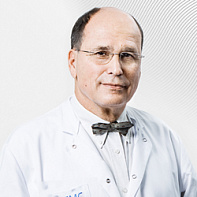
Milliet Jean Rene
Leading specialist of the Otorhinolaryngology Clinic specializing in Head and Neck Surgery
-

Sofya Mosina
-
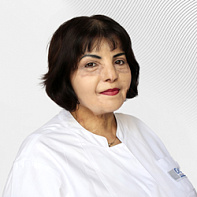
Gulshod Saidova
Doctor of the first category
-
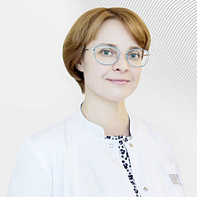
Vaychyunas Elena
Sign language specialist-otorhinolaryngologist
-
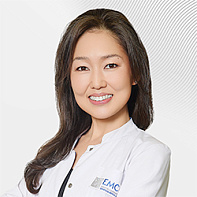
Doraeva Nataliya
-
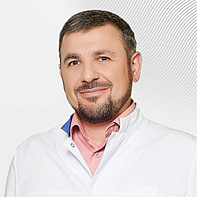
Aliskenderov Rustam
-
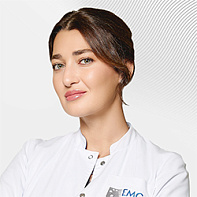
Magomedova Napisat
Ph.D. of Medical Sciences
-
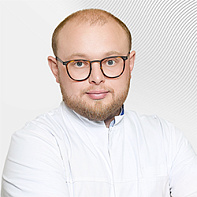
Basin Eugene
Doctor of Medicine, Professor
-
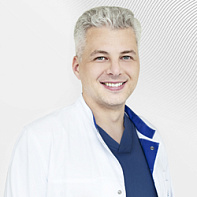
Kartashov Roman
-
.jpg)
Makhova Anna
Doctor of the highest category
-
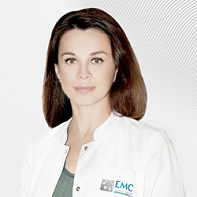
Romanova Olga
Ph.D. of Medical Sciences
-
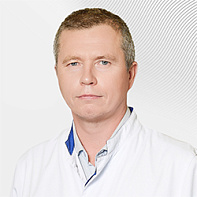
Aleksey Lobkov
-
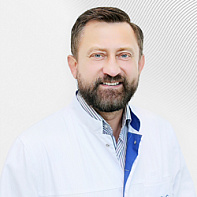
Slavskiy Aleksander
Doctor of the highest category, Ph.D. of Medical Sciences
-
.jpg)
Elkun Gennadiy
Doctor of the highest category, Professor, Doctor of Medicine
-
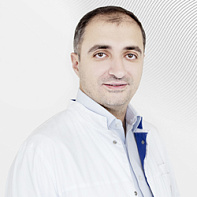
Yakobashvili Irakli
Head of the Department of Otorhinolaryngology, Senior Doctor of Otorhinolaryngology, Ph.D. of Medical Sciences, Doctor of the highest category
-
Milliet Jean Rene
Leading specialist of the Otorhinolaryngology Clinic specializing in Head and Neck Surgery
- The leading surgeon in the field of implantation hearing replacement in ENT department of Professor Magnan in Marseille
- Specializes in the surgical treatment of various ENT pathologies with all types of rehabilitation, hearing-preserving and hearing-improving operations.
- Member of the Association of ENT Doctors of France
Total experience
43 years
Experience in EMC
since 2003
